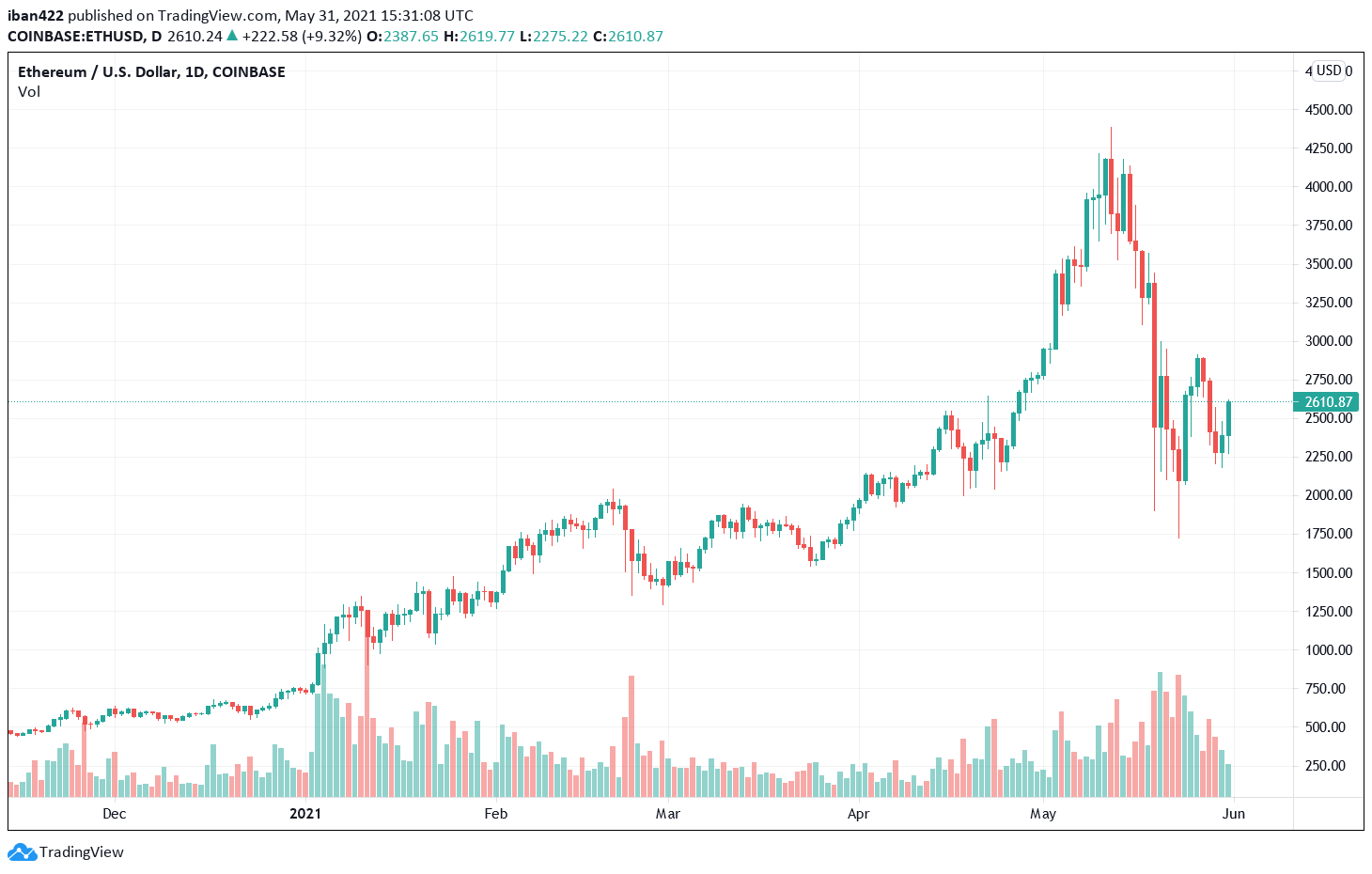The world’s first immersive in-vehicle media platform is being developed by holoride. Holoride will provide contents that changes to vehicle motion, journey time, and route by processing motion and location-based data in real-time by integrating blockchain and NFTs.
Holoride Is Employing Trendy Tech
Holoride is building an ecosystem around in-car experiences by combining three hot technologies for 2021: immersive media, blockchain, and non-fungible tokens (NFTs).
The company, which secured a $12 million Series A in April, announced it would be integrating Elrond blockchain into its tech stack to bring transparency to its community of automobile makers and content creators. Holoride wants to leverage non-fungible tokens (NFTs) to entice developers to provide more content on the platform in exchange for a higher return on token sales, as well as to attract customers who want to customize their in-car experience.
Audi-backed startup @holoride is now deploying blockchain technology powered by @ElrondNetwork for its platform. The company is advancing the future of in-vehicle entertainment >> https://t.co/sF7RsCVZlO#Audi #VirtualReality #blockchain #technology @TechCrunch
— Audi (@AudiOfficial) May 31, 2021
Elrond is a blockchain-based cryptocurrency with strong scalability, interoperability, and throughput that sets it apart from other digital currencies. In the emerging internet economy, the currency aspires to be a quick platform for distributed apps and enterprise use cases. Elrond’s creators provide 30% smart contract royalties to coin developers and have cooperated with a number of well-known companies, including Samsung of South Korea. Microsoft has also allowed Elrond for payments to buy apps, games and other digital content. This integration is a welcome development for Holoride and Elrond.
Although, blockchain isn’t required for Holoride’s immersive in-vehicle media platform to work. Its passenger experiences are synced to the vehicle’s real-time motion and location-based data, so content changes to the vehicle’s movement.
“We said we want to connect all our ecosystem partners in a very fair and transparent manner from the beginning, and blockchain technology delivers exactly on that,” CEO and founder Nils Wollny said. “Every transaction and engagement can be stored in the blockchain. For car manufacturers, they can see how much time was spent with holoride experiences in their cars, and for content creators it’s transparent on how much time was spent with their title they have created for our platform.”
Related article | Taking A Walk On The Wild Side With Wilder World’s Immersive 3D Universe
Riding On The NFT Craze
Wollny hopes the enticement of buying or collecting NFTs while immersed in holoride’s experiences will lead to more engagement. For holoride, an NFT might start by connecting elements in the virtual world to locations or events in the real world.
“Imagine people are traveling in their virtual vehicle, maybe it’s a spaceship or a submarine, as their physical body is in a car driving through the real world,” said Wollny. “They might pass by a certain location where a content creator decided to put something passengers can collect on their way.”
The future of holoride’s NFTs is largely determined by how deeply passengers become engrossed in their in-car experiences, prompting them to seek attachment and personalisation in the form of digital tokens. Wollny adds:
“We have our eyes set on the future, and this technology will help get us there. We’re thrilled to continue moving towards our wider market launch next year and show everyone what’s yet to come.”

Related article | Let The Bidding Begin: The First NFT Patent?
Featured image from Pixabay, Charts from TradingView.











